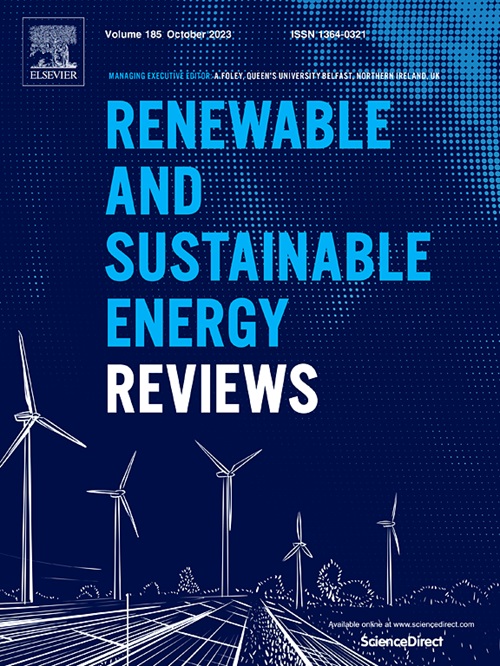Biogas and biohydrogen from peach pomace: Renewable energy potential in Southern Brazil
IF 16.3
1区 工程技术
Q1 ENERGY & FUELS
引用次数: 0
Abstract
Bioenergy is a sustainable alternative that has gained prominence in recent years, primarily for enabling the reduction of greenhouse gas emissions. Currently, biomass is the most abundant raw material for bioenergy and biofuel production, with the agro-industrial sector generating large quantities of this resource. The state of Rio Grande do Sul, located in southern Brazil, stands out as the country's largest peach producer, with an estimated production of 128.6 thousand tons per year. The central objective of this study is to provide a bibliometric overview and a technical analysis of the potential for biogas and biohydrogen production from peach industry residues generated in Rio Grande do Sul, considering that this biomass is frequently discarded despite its high energy potential. The estimated potential for biogas production from peach pomace is 1 million m³/year, with a chemical energy potential of 8.63 MWh/year. The total estimated hydrogen production for the state is 247 tons of H2. Wind and solar energy can be complemented by the generation of bioenergy from agro-industrial residues, enabling a broader energy transition in line with Sustainable Development Goal 2, 7, 12 and 13. Furthermore, bioenergy emerges as a viable solution to reduce social poverty, energy scarcity, the economic risks associated with the use of fossil fuels, and environmental degradation by reducing carbon dioxide emissions.

求助全文
约1分钟内获得全文
求助全文
来源期刊

Renewable and Sustainable Energy Reviews
工程技术-能源与燃料
CiteScore
31.20
自引率
5.70%
发文量
1055
审稿时长
62 days
期刊介绍:
The mission of Renewable and Sustainable Energy Reviews is to disseminate the most compelling and pertinent critical insights in renewable and sustainable energy, fostering collaboration among the research community, private sector, and policy and decision makers. The journal aims to exchange challenges, solutions, innovative concepts, and technologies, contributing to sustainable development, the transition to a low-carbon future, and the attainment of emissions targets outlined by the United Nations Framework Convention on Climate Change.
Renewable and Sustainable Energy Reviews publishes a diverse range of content, including review papers, original research, case studies, and analyses of new technologies, all featuring a substantial review component such as critique, comparison, or analysis. Introducing a distinctive paper type, Expert Insights, the journal presents commissioned mini-reviews authored by field leaders, addressing topics of significant interest. Case studies undergo consideration only if they showcase the work's applicability to other regions or contribute valuable insights to the broader field of renewable and sustainable energy. Notably, a bibliographic or literature review lacking critical analysis is deemed unsuitable for publication.
 求助内容:
求助内容: 应助结果提醒方式:
应助结果提醒方式:


